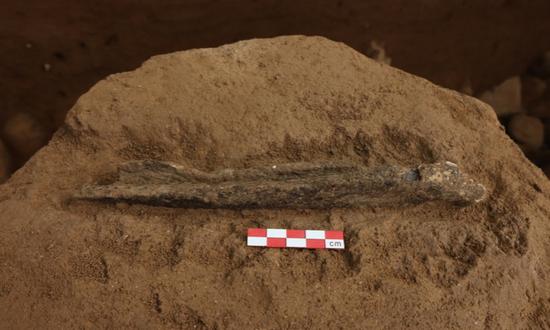
Artifacts unearthed from the Zhongdu site, the capital city of Jin Dynasty in Beijing Photos: Courtesy of National Cultural Heritage Administration Animal fossils unearthed from Dadong site in Northeast China’s Jilin Province Photo: Courtesy of National Cultural Heritage Administration
A treasure trove of exquisite imperial artifacts, including the imperial edict of Emperor Zhangzong of the Jin Dynasty (1115-1234) as well as a large-scale architectural foundation that has been preliminarily determined to be a royal temple site, was unearthed for the first time at the Zhongdu site, the capital city of Jin Dynasty in Beijing, according to a press conference held by the National Cultural Heritage Administration on Thursday.
Located in the Beijing's Xicheng and Fengtai districts, Chinese archaeologists have carried out the excavation work since 2020 under two phases, and found a large-scale architectural foundation that has been preliminarily determined to be a royal temple built during the Jin Dynasty.
The early phase consisted of a courtyard enclosed by four-sided corridors, with the southern hall being relatively well-preserved. The late phase consisted of two large palace sites aligned on the same axis and symmetrical east-west corridors, displaying complete structure and clear layout, with a length of about 60 meters north to south and a remaining width of about 43 meters east to west.
Artifacts unearthed from the site include royal sacrificial offerings and high-level architecture, including jade edicts, imitated bronze porcelain ritual utensils, dragon-patterned tiles, glazed tile fragments, religious sculptures, and more.
Additionally, ceramics from different kilns were discovered, along with coal, bronze and copper objects, iron tools, bone artifacts, reflecting the economic and technological development as well as daily life in the then Zhongdu capital.
The current discovery shows that the architectural foundation in the two phases is estimated to date back to the period from Liao Dynasty (916-1125) to the late period of Jin Dynasty.
Wang Jihong, a research fellow at the Beijing Municipal Cultural Heritage Bureau, told the Global Times that this archaeological discovery provides a basis for understanding the layout and urban planning of Zhongdu, as well as new materials for studying its handicraft production, trade forms, and social life, further elucidating the formation process of the integrated pattern of the Chinese nation.
During the press conference, the archaeological progress centered on the Changbai Mountains area - the Dadong site in the region was also updated, indicating that China's ancestors had already begun interactions with people in the Korean regions during the late Paleolithic period.
The Dadong site is located in Yanbian Korean Autonomous Prefecture, Northeast China's Jilin Province. It covers an area of over 4 square kilometers, with a core area of approximately 500,000 square meters, dating back 5,000 to 15,000 years. Archaeological findings include cultural relics from three different periods, with nearly 20,000 stone artifacts and animal fossils unearthed.
Xu Ting, a research fellow at the School of Archaeology and Museology of Liaoning University, told the Global Times that the Dadong site is currently the largest discovered wilderness site from the late Paleolithic period in northeastern China, displaying a clear cultural sequence.
It is also one of the earliest sites in Northeast Asia where obsidian was used to make tools, enriching our understanding of the modern human evolution, cultural development, and the lifestyle in Northeast Asia.
It also provides important material for the study of tracing the origins of early-stage modern humans as well as the social exchange networks of ancient humans in Northeast Asia, experts said.
In addition to these two sites, the progress of the Ma'anqiao Mountain site in Liaoning Province - an early-middle-sized settlement of the Hongshan culture, and the Zhuguo Ancient City site of the Eastern Zhou Dynasty (770BC-256BC) in Zoucheng city, East China's Shandong Province, were also reported during the press conference.









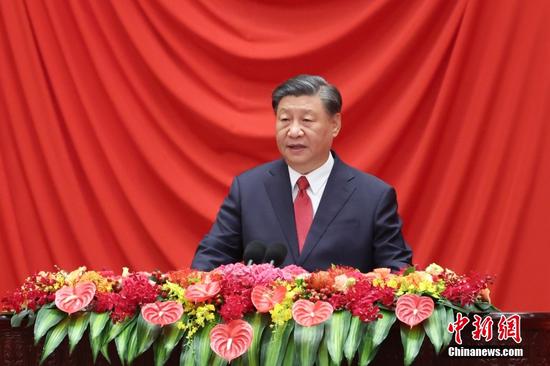
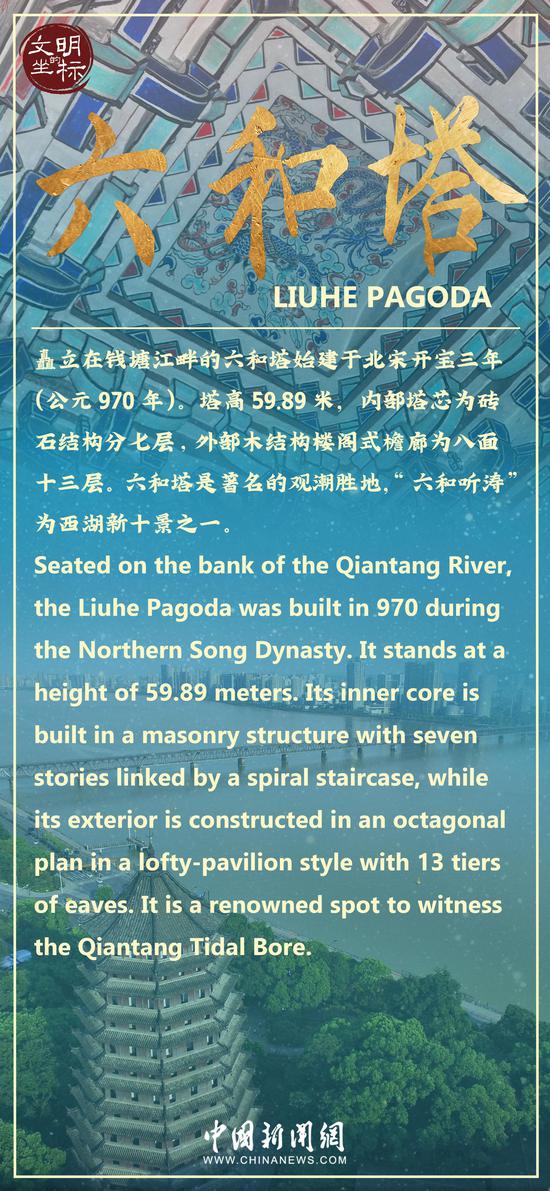
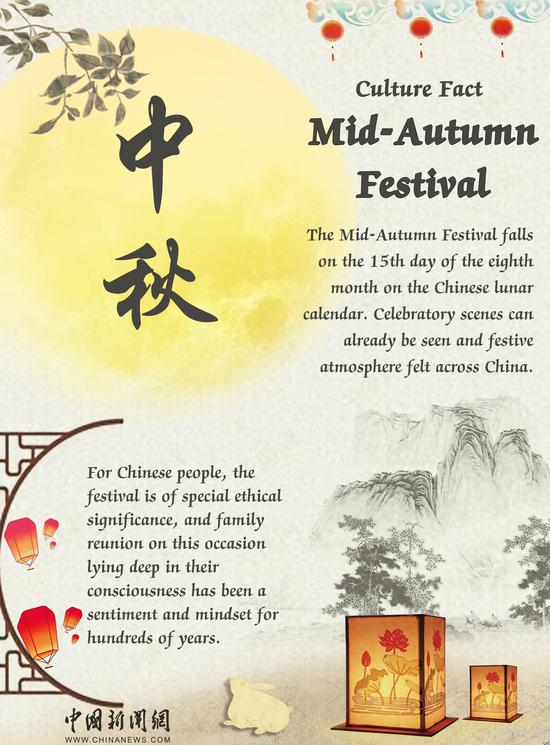







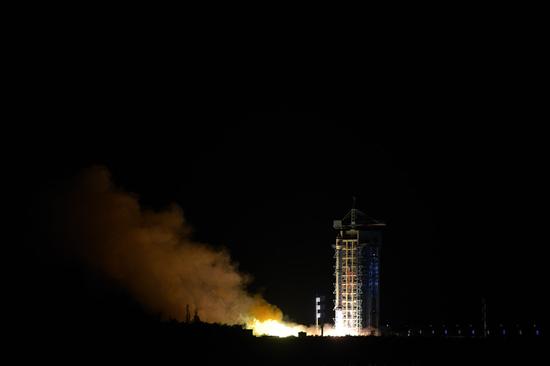

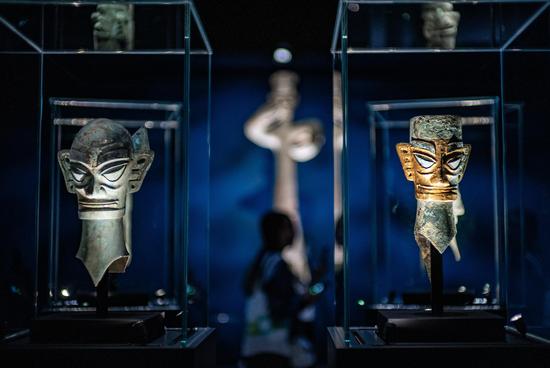








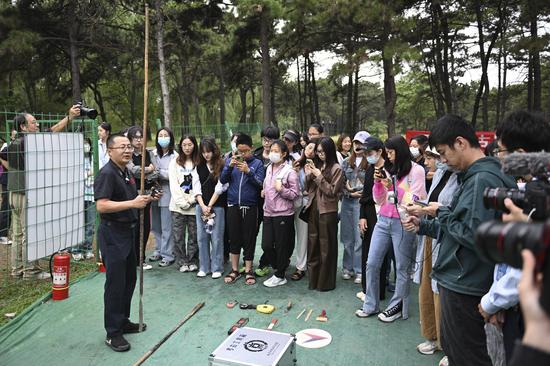




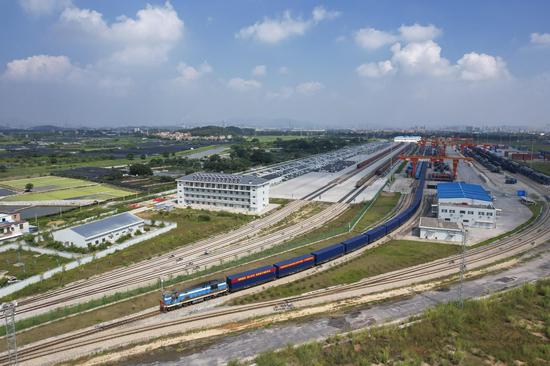


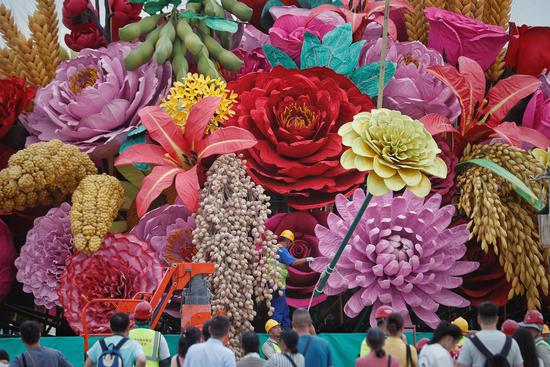

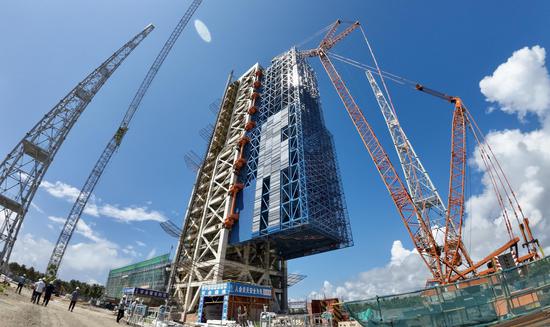
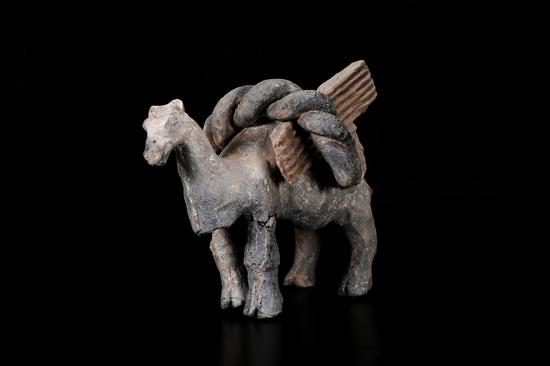








 京公網安備 11010202009201號
京公網安備 11010202009201號